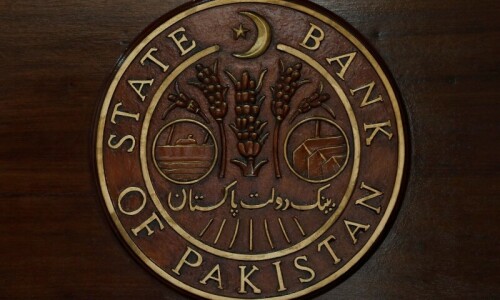PAKISTAN’S trade deficit nearly doubled to $2.97bn in March from $1.5bn a year ago on a major surge in imports, which spiked by 60pc to $5.3bn, according to data shared by the trade and investment adviser. He said the trade gap expanded owing to increased import of petroleum products, food, machinery, raw materials, chemicals, mobiles, tyres, antibiotics and vaccines. The data shows that export shipments rose by 13.4pc last month from February. According to the consolidated trade data for the period between July and March, the country’s trade gap has expanded by 17.8pc to $20.5bn year-on-year as imports swelled by 12.6pc to $39.2bn while exports rose by 7pc to $18.7bn. The trend is likely to continue during the next few months as the government plans to import more sugar, wheat and cotton to meet domestic needs. Going forward, the import of machinery for new and existing projects may further swell the deficit.
The increase in the trade gap was expected as the economy began to recover from the Covid-19 impact and the shortfall in domestic wheat, sugar and cotton production forced the government to import these commodities. In its last monetary policy statement, the State Bank noted: “As the economy recovers the trade deficit is widening somewhat on the back of imports of capital goods and industrial materials as well as food, together with rising international commodity prices.” In spite of the widening trade deficit, the external sector outlook for the near term remains stable for now as the central bank expects the current account deficit to stay below 1pc of the size of the economy owing to “record remittances, relatively subdued domestic demand and a nascent recovery in exports”. The resumption of the IMF programme and the successful launch of Eurobonds is expected to further strengthen the external-sector outlook, boost prospects that external financing needs will be comfortably met and shore up foreign exchange reserves. These developments have already started taking pressure off the currency, which has appreciated by around 4pc against the dollar in the last three months. That said, the medium- to long-term external-sector outlook remains frail as non-debt-creating FDI flows remain below the economic potential of the country and the pace of growth in exports is worrisomely slow. The situation demands that the government immediately revamp its policies to boost agricultural productivity, support export diversification and attract foreign investment for a stable external sector and sustainable economic growth.
Published in Dawn, April 3rd, 2021











































